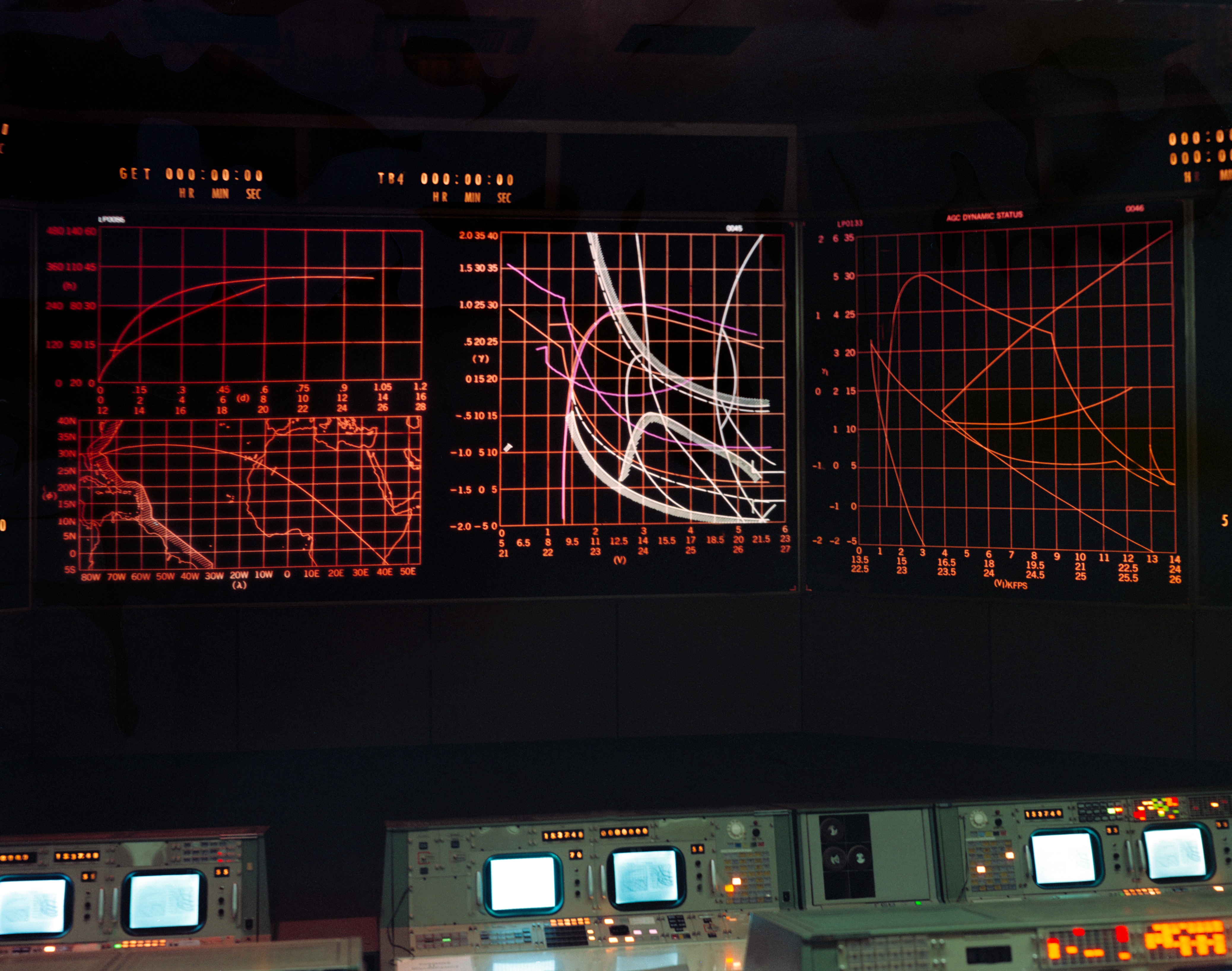March 13, 2017 March 20, 2017 Over The Horizon 0 Comments ccdcde, ccde, comaffor, command and control, jfacc, joint task force, mission command As the Department of Defense explores and transitions into a multi-domain capable force, it must also evolve its command and control (C2) structure to meet the complexities of the future operating. August 1, 2006—NCI researchers published a model for estimating an individual's 5-year risk of melanoma, based on visual inspection of the patient's back as well as risk factors identified in a large U.S. Case-control study, and incidence rates for melanoma in the U.S. The Melanoma Risk Assessment Tool can be used by health. About the Mercury Control Center: When NASA sends astronauts into space, an incredible team of people are required to make the mission a success. The image of the NASA mission control center is iconic, featured in several films and documentaries on the space program. The Mercury Control Center was built at Cape Canaveral between 1956-58. JMC 8.1.0 General-Availability Release. JDK Mission Control (JMC) is an advanced set of tools for managing, monitoring, profiling, and troubleshooting Java applications. JMC enables efficient and detailed data analysis for areas such as code performance, memory, and latency without introducing the performance overhead normally associated with.
Europe recently had its Apollo-13 moment when its Integral mission that tracks violent events across the Universe lost control and began spinning uncontrollably. The probe went into emergency safe mode in September after 19 years of service, as its three active ‘reaction wheels' turned off, forcing the satellite to rotate on its axis.
Mission Control Plus 1 134
As the reaction wheels turned off and stopped spinning, it caused a ripple effect and the satellite itself began to rotate giving a bare minimum time to engineers on Earth to find a fix. The European Space Agency (ESA) said that as a result of the sudden event data were only reaching ground control patchily and the batteries were quickly discharging with just a few hours of power backup left.
WHAT CAUSED THE MISSION-THREATENING INCIDENT?
One of the biggest threats to spacecraft comes from the very source that powers it - the Sun. While energy from the sun helps power spacecraft and satellites, at times solar flares, violent eruptions from the star also leads to electrical dysfunctions and issues in the circuitry.
The anomaly that the spacecraft encountered could have been a Single Event Upset (SEU), which occurs when a charged particle strikes a sensitive part of electrical equipment, causing a one-off change of state that disrupts its functioning. These ionised particles often come from the Sun when it spews out matter and energy during solar flares or coronal mass ejections.
However, engineers established that the anomaly encountered by the spacecraft was not from our star, instead, it was triggered by charged particles trapped in the radiation belts around Earth. These charged particles vary according to solar activity and they are a hazard to satellites and humans in space that pass through them.
AN UNCONTROLLED SPIN
The reaction wheels on a spacecraft control the direction it points in without the need for thrusters, when one of these wheels stopped due to the anomaly, according to the law of conservation of energy it forced the entire satellite to begin spinning, triggering an Emergency Safe Attitude Mode. While the reaction wheel was reactivated by engineers on the ground, the spacecraft kept spinning at 17 degrees per minute, wobbling unpredictably about its axes.
'The data coming down from Integral was choppy, coming in for short periods due to it spinning. This made analysis even harder. The batteries were discharging, as there were only short charging periods when the panels briefly faced the Sun,' Richard Southworth, Operations Manager for the mission said in a statement.
Mac Mission Control Hotkey

/cdn.vox-cdn.com/uploads/chorus_asset/file/9151645/jsc2013e087950.jpg)
The team increased its power by turning off its instruments from three hours to six hours giving them more time to find a fix. Engineers came up with a series of commands to change their speed and break the spinning satellite. While they managed to stabilise the satellite, it started spinning again in a few hours after which the process was repeated and since then the satellite has been in control.
The reason behind the spin is being accounted for by a phenomenon known as star tracker occultation. This happens when Earth gets in the way of the spacecraft's view of the stars, which it uses to orient itself.
WHAT IS THE INTEGRAL MISSION?
According to the European Space Agency, Integral is the first space observatory that can simultaneously observe objects in gamma rays, X-rays and visible light. Its principal targets are violent explosions known as gamma-ray bursts, powerful phenomena such as supernova explosions, and regions in the Universe thought to contain black holes.
Control Plus Inc
Gamma rays are even more powerful and penetrating than the X-rays used in medical examinations. Fortunately, Earth's atmosphere acts as a shield to protect us from this dangerous cosmic radiation. Integral is looking for answers surrounding the element-making process since most of the elements in our bodies and in everything around us come from dying stars. Disc cover 3 0 11. However, how can new elements be formed when a star dies is yet to be understood.

